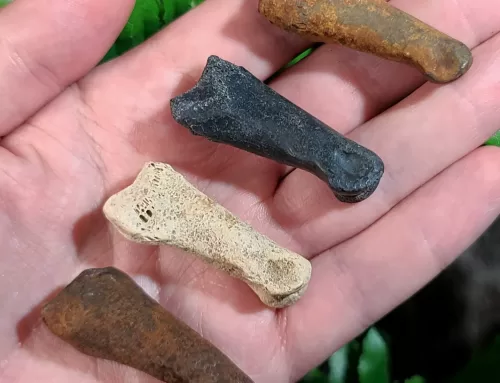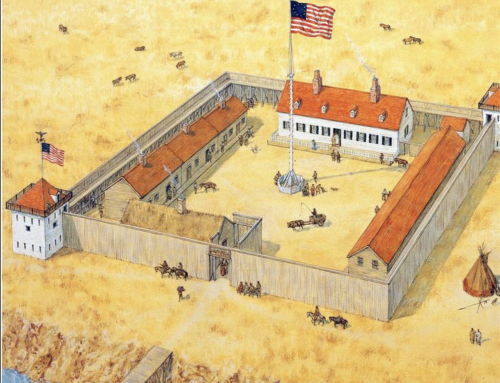اول) متن را بخوانید و آنچه فهمیدید را به فارسی در یک دفتر بنویسید.
دوم) سوالات یک تا ده را بصورت مکتوب در دفتر پاسخ بدهید. برای هر سوال، بنویسید از کجا جواب را فهمیدید.
سوم) به فایل صوتی متن گوش بدهید و با چشم متن را دنبال کنید. حداقل دو بار.
چهارم) با استفاده از منابع خارج از متن دوباره متن را مطالعه کنید. مثلاً دیکشنری، گوگل ترنسلیت یا چت جی پی تی.
پنجم) حالا خلاصه متن را به انگلیسی بنویسید.
ششم) ویدیوی توضیح متن را تماشا کنید و حتماً نت برداری کنید. (یعنی در حین تماشا، یادداشت بردارید.)
هفتم) حالا یک بار دیگر خلاصه جدیدی از متن به زبان انگلیسی بنویسید.
هشتم) تمام یادداشتهایی که از اول انجام داده بودید را با هم مقایسه کنید.
- The phrase “attachment to” in line 2 is
closest in meaning to
(A) control of
(B) distance from
(C) curiosity about
(D) preference for - The word “protruding” in line 13 is
closest in meaning to
(A) parallel
(B) simple
(C) projecting
(D) important - The relationship of a mortise and a
tenon is most similar to that of
(A) a lock and a key
(B) a book and its cover
(C) a cup and a saucer
(D) a hammer and a nail - For what purpose did woodworkers
use an auger
(A) To whittle a peg
(B) To make a tenon
(C) To drill a hole
(D) To measure a panel - Which of the following were NOT used
in the construction of colonial
furniture?
(A) Mortises
(B) Nails
(C) Hinges
(D) Screws - The author implies that colonial
metalworkers were
(A) unable to make elaborate parts
(B) more skilled than woodworkers
(C) more conservative than other
colonists
(D) frequently employed by joiners - The word “shield” in line 23 is closest
in meaning to
(A) decorate
(B) copy
(C) shape
(D) protect - The word “they” in line 25 refers to
(A) designs
(B) types
(C) colonists
(D) all - The author implies that the colonial
joiners
(A) were highly paid
(B) based their furniture on English
models
(C) used many specialized tools
(D) had to adjust to using new kinds
of wood in New England - Which of the following terms does the
author explain in the passage?
(A) “millennia” (line 5)
(B) “joiners” (line 10)
(C) “whittled” (line 15)
(D) “blacksmiths” (line 21)
Passage A1 – Part 1 – Translated and Explained in Farsi
Passage A1 – Part 2 – Translated and Explained in Farsi
Passage A1 – Part 3 – Translated and Explained in Farsi



Leave A Comment